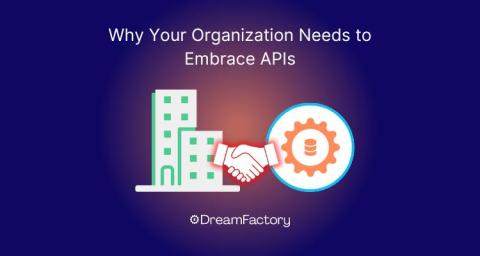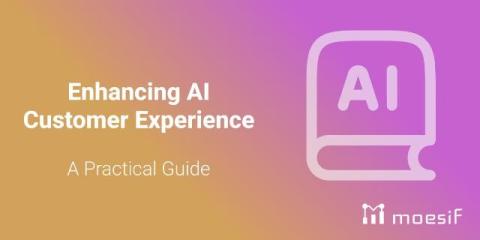Automated Software Testing: A Definitive Guide
Imagine a world where your software tests run themselves, freeing you from the tedious grind of repetitive tasks, and catching bugs long before they wreak havoc on your code. This is the magic of automated software testing. Deadlines to ship software are tighter than ever. Users expect flawless experiences, and relying solely on manual testing just doesn’t cut it anymore.











